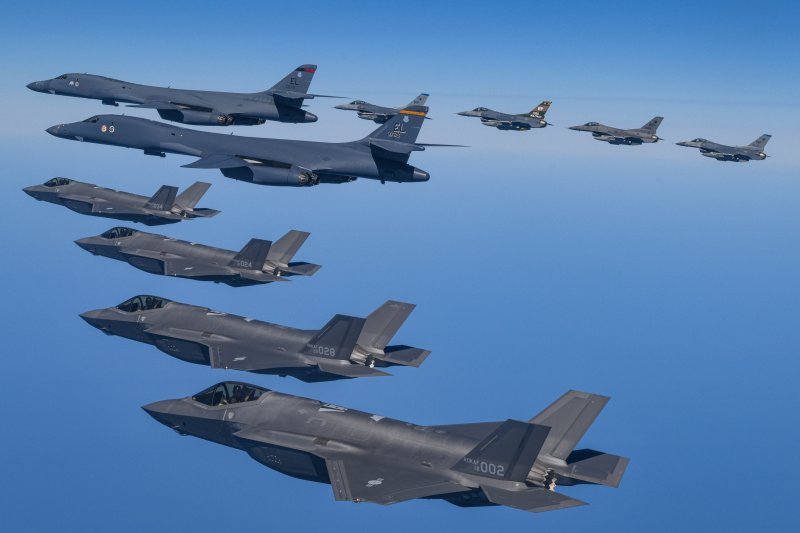South Korea Makes Largest-Ever $25 Billion Purchase of U.S. Advanced Weapons, $33 Billion Support for USFK [South Korea–United States Joint Fact Sheet Announced]
- Input
- 2025-11-14 13:41:41
- Updated
- 2025-11-14 13:41:41

The fact sheet states that South Korea will spend $25 billion (about 35 trillion won) on U.S. military equipment by 2030 and, in accordance with its legal requirements, will provide comprehensive support for USFK worth $33 billion (about 48 trillion won).
The two leaders also agreed to continue alliance cooperation for the transfer of wartime operational control (OPCON). South Korea, with U.S. support, will accelerate efforts to strengthen its military capabilities needed to lead combined and conventional defense against North Korea. This includes expanding bilateral defense industry cooperation.
Regarding the enhancement of USFK’s strategic flexibility, both countries stated, "The United States will strengthen its conventional deterrence posture against all regional threats to the alliance, including North Korea. Both sides reaffirm the relevant understandings since 2006."
Additionally, the fact sheet specifies, "President Lee Jae Myung shared South Korea’s plan to increase defense spending to 3.5% of Gross Domestic Product (GDP) as soon as possible in accordance with South Korea’s legal requirements, and President Donald Trump welcomed this."
The advanced U.S. weapons South Korea plans to purchase by 2030 include: Command Helicopter-II project (873.5 billion won); Large Special Operations Transport Helicopter project (3.3 trillion won); second and third phases of the maritime operational helicopter project (over 3 trillion won); second and third phases of the F-35A project (totaling over 9 trillion won); second phase of the Airborne Command and Control Aircraft project (3 trillion won); and the SM-6 shipborne ballistic missile interceptor project (800 billion won). Additionally, upgrades for the KF-16 and F-15K Slam Eagle fighters and procurement of Maritime Patrol Aircraft (MPA) are planned. Some contracts are already underway, while others will proceed through the Foreign Military Sales (FMS) program.
Currently, South Korea’s defense budget stands at 2.32% of GDP (61.2469 trillion won). Assuming a nominal GDP growth rate of 3.4% and an annual defense budget increase of 7.7%, it is projected to reach 3.5% of GDP by 2035.
South Korea and the United States also reaffirmed, "The United States commits to providing extended deterrence using the full range of its capabilities, including nuclear weapons." The two leaders agreed to strengthen cooperation through consultative mechanisms, including the Nuclear Consultative Group (NCG).
Wi Sung-lac, Chief of the Office of National Security (ONS), stated, "The United States has repeatedly reaffirmed its firm commitment to the continued stationing of USFK and extended deterrence." He added, "We have declared our proactive intent to defend the Korean Peninsula through strengthened defense capabilities and the transfer of OPCON, and the United States has strongly expressed its support for these efforts."
A government source said, "The South Korean side has already provided the United States with a list of weapon systems that have been purchased or are in the process of being acquired. The amounts were calculated based on the U.S. Foreign Military Sales (FMS) system." The Defense Acquisition Program Administration (DAPA) confirmed, "Among the defense improvement projects reflected in the Medium-Term National Defense Plan (2025–2029), the scale of U.S. weapons purchases reaches $25 billion."
Defense and security experts noted, "This fact sheet, which includes nuclear cooperation and strengthened extended deterrence, signals the evolution of South Korea–United States relations into a global strategic alliance." They added, "It further solidifies the values and areas of cooperation the two allies should pursue. While there are significant technological and financial burdens, strategic and industrial synergies are also expected."

[email protected] Lee Jong-yoon Reporter